Understanding the right shorts inseam is essential for comfort, mobility, and style. The inseam—the measurement from the crotch seam to the hem—determines how long your shorts appear on your legs. Because body proportions vary, a one-size-fits-all approach doesn’t work. In fact, choosing the correct shorts inseam can make the difference between feeling confident and constantly adjusting your clothing. Whether you’re shopping for athletic wear, casual chinos, or swimwear, this measurement plays a major role. Moreover, different activities call for different lengths. For example, runners often prefer shorter inseams for freedom of movement.
Meanwhile, office workers might opt for longer styles that maintain a polished look. Fashion trends also influence inseam choices, with micro-shorts and Bermuda styles cycling in and out of popularity. However, personal fit should always take priority over fleeting trends. As a result, knowing your ideal shorts inseam helps you build a functional wardrobe. This guide explores how to measure, choose, and style based on your needs. Ultimately, the right shorts inseam enhances both appearance and performance.
In This Article
- 1 What Is a Inseam Shorts and Why It Matters
- 2 Common Inseam Shorts Lengths and Their Uses
- 3 Styling Tips Based on Different Inseam Shorts Options
- 4 Importance of Inseam in Athletic and Performance Shorts
- 5 Frequently Asked Questions About Inseam Shorts
- 6 Final Thoughts on Finding Your Perfect Inseam Shorts
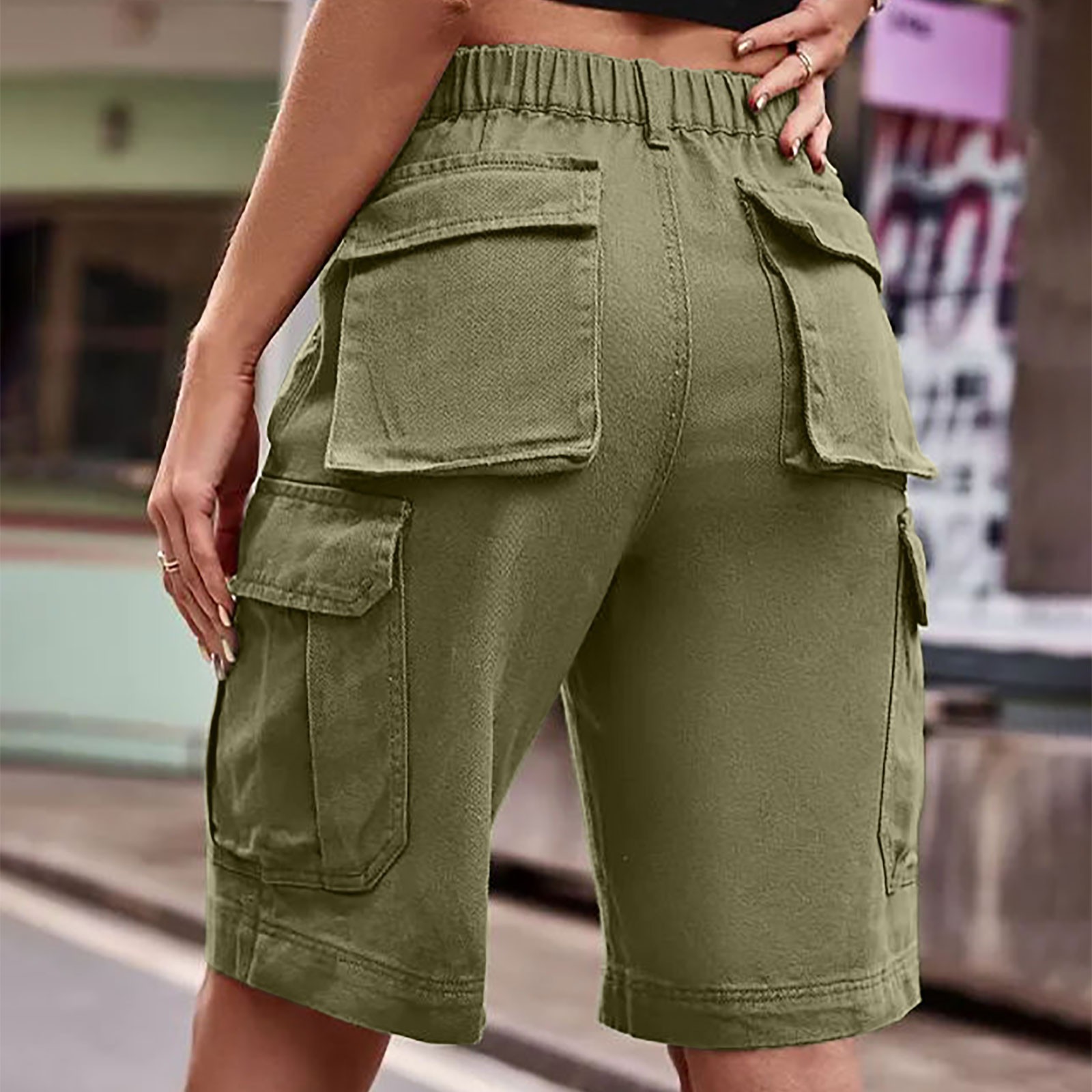 What Is a Inseam Shorts and Why It Matters
What Is a Inseam Shorts and Why It Matters
A shorts inseam is the inner leg length measured from the crotch to the bottom of the leg opening. This number, usually given in inches, defines how far down the thigh the short extends. Unlike waist size, which focuses on width, the inseam addresses vertical proportion. Therefore, it directly impacts how balanced your outfit looks. For instance, a 3-inch inseam creates a bolder, more athletic silhouette. On the other hand, a 9-inch inseam offers modest coverage and a relaxed vibe. Additionally, the inseam affects functionality.
Shorter lengths allow greater airflow and less restriction during exercise. Longer lengths reduce chafing and provide sun protection. Also, inseam choice influences where the short lands on your leg. Some men feel self-conscious if the hem hits at an awkward point, like mid-thigh. Others worry about looking too formal or too casual. Because of these factors, the shorts inseam isn’t just a number—it’s a design decision. Consequently, paying attention to it improves both comfort and confidence. No matter your height or build, the right inseam makes a visible difference.
How to Measure Your Ideal Shorts Inseam Accurately
Measuring your ideal shorts inseam starts with a well-fitting pair you already own. Lay the shorts flat on a surface and smooth out any wrinkles. Then, pinch the crotch seam where the inner legs meet. From that point, run a tape measure straight down the inside leg to the hem. Record the number in inches. That’s your current inseam length. If you don’t have a reference pair, try on shorts at a store and check the label. Alternatively, use a mirror and measuring tape while wearing fitted pants. Mark the desired length on your leg with a small piece of tape.
After removing the pants, measure from crotch to mark. This method works well when tailoring custom options. Always measure both legs to ensure symmetry. Sometimes one side sits slightly higher due to posture or muscle development. Also, consider your shoe choice. Wearing sneakers versus sandals changes how short the shorts appear. By taking precise measurements, you eliminate guesswork. As a result, future purchases are more likely to fit perfectly. Knowing your exact shorts inseam saves time and reduces returns.
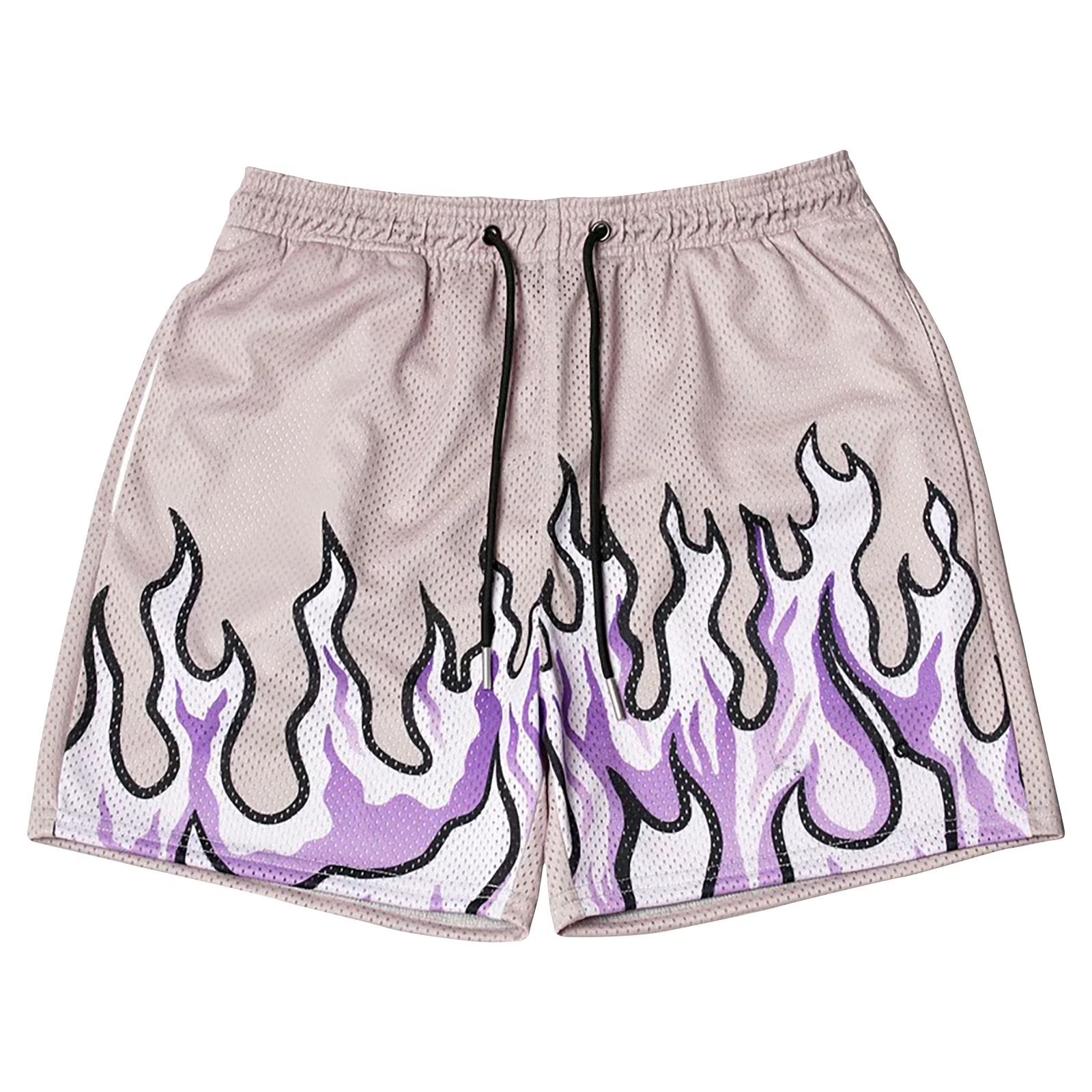 Common Inseam Shorts Lengths and Their Uses
Common Inseam Shorts Lengths and Their Uses
Shorts come in various inseam lengths, each suited to different purposes. A 1-inch to 3-inch inseam is common in running and training shorts. These ultra-short styles maximize leg movement and ventilation. Athletes appreciate the lightweight feel during sprints or gym sessions. Next, the 5-inch inseam strikes a balance between coverage and agility. Many joggers and fitness enthusiasts prefer this length. It avoids excessive chafing while still allowing full stride extension. Moving up, the 7-inch inseam is popular for casual wear. It ends above the knee and flatters most leg types. This length works well for errands, travel, or outdoor dining.
Then there’s the 9-inch inseam, often seen in chino or dressier shorts. It reaches mid-to-lower thigh and offers a neat, professional appearance. Ideal for office settings or smart-casual events. Finally, 11-inch and longer inseams border on capri territory. These suit taller individuals or those seeking extra sun protection. They’re also favored in conservative climates. Each length serves a purpose. Therefore, matching inseam to activity ensures practicality and comfort.
How Height and Leg Length Influence Inseam Choice
Your height and leg proportions play a big role in determining the best shorts inseam. Taller men often find standard lengths too short. For them, a 7- or 9-inch inseam maintains proportion without looking childish. Conversely, shorter men may feel overwhelmed by long hems. A 5-inch inseam usually provides a flattering cut that elongates the leg visually. Similarly, men with longer torsos and shorter legs benefit from slightly shorter inseams. This prevents the shorts from cutting the leg too low. On the other hand, those with long legs can experiment with bolder lengths. A 3-inch inseam highlights athleticism without appearing imbalanced.
Inseam choice also depends on where the hem falls. Ideally, it should avoid landing exactly at the thickest part of the thigh. Instead, aim for just above or below that point. This creates a cleaner line. Additionally, posture affects perception. Slouching can make shorts appear longer than they are. Stand straight when trying on new pairs. By aligning inseam with body structure, you achieve harmony in your look.
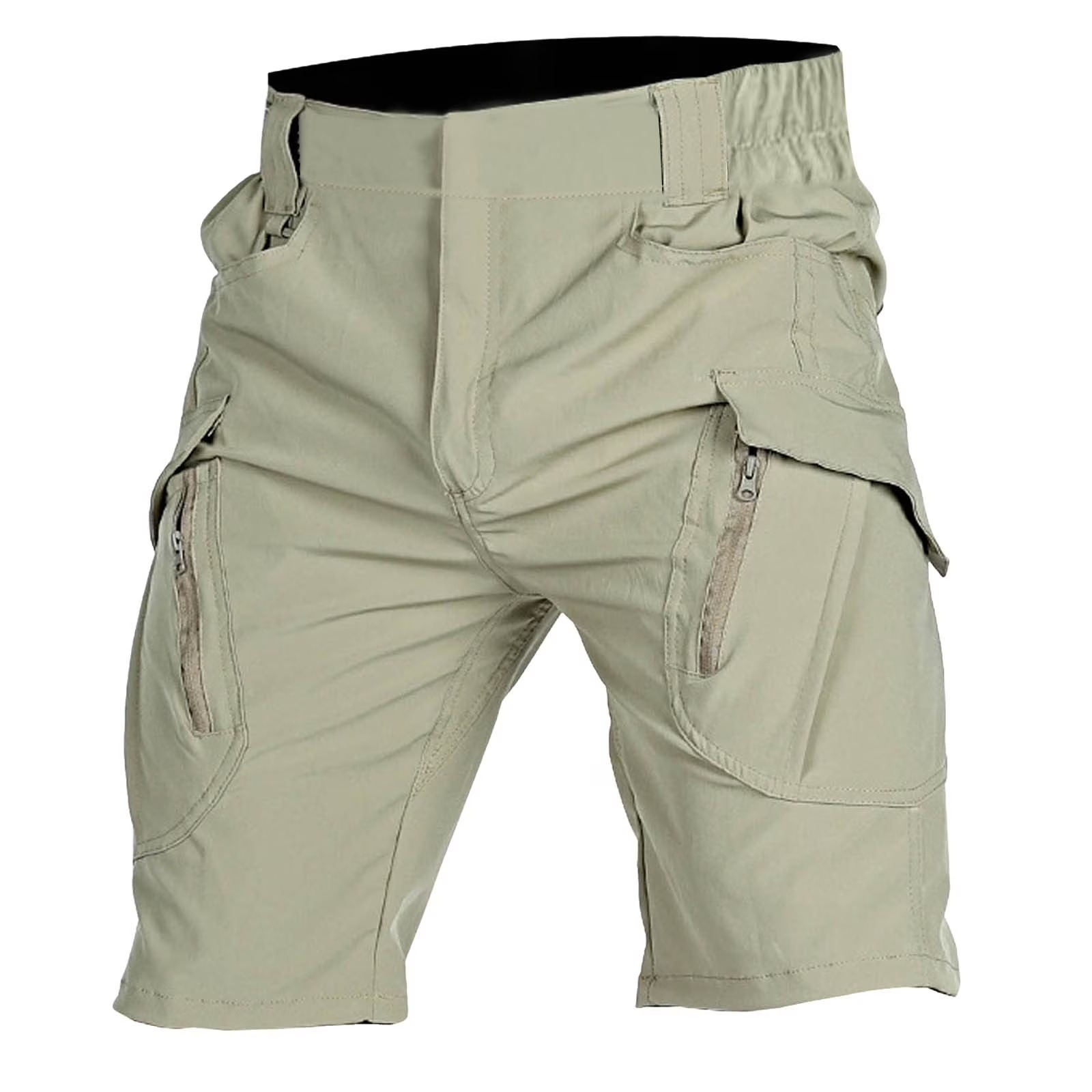 Styling Tips Based on Different Inseam Shorts Options
Styling Tips Based on Different Inseam Shorts Options
Styling your outfit around the shorts inseam enhances overall appearance. For example, a 3-inch inseam pairs well with performance tops and athletic shoes. This combo suits gyms, tracks, or beach volleyball. Since the focus is on function, keep accessories minimal. A 5-inch inseam works with casual tees, tank tops, and sneakers. Roll the hem slightly for a laid-back edge. This length transitions easily from day to evening. Try pairing with loafers for a smarter touch. With a 7-inch inseam, you gain versatility.
Combine with button-down shirts or polos for brunch or shopping. Neutral colors like khaki or navy offer timeless appeal. Footwear can range from sandals to clean canvas shoes. The 9-inch inseam supports semi-formal styling. Wear with tucked-in shirts and leather belts. Avoid overly baggy fits, as they create bulk. Instead, choose tailored cuts that follow your leg shape. Longer inseams, like 11 inches, suit relaxed environments. Pair with linen shirts and boat shoes for vacation vibes. Ultimately, match the inseam to both occasion and aesthetic. Doing so ensures cohesive, intentional outfits.
How Fabric and Fit Interact with Shorts Inseam
The fabric and cut of shorts interact closely with the inseam length. Lightweight materials like nylon or mesh work best with shorter inseams. They enhance breathability during intense activity. However, thin fabrics may cling or ride up if the inseam is too short. Therefore, look for built-in liners or grip tape inside the hem. Cotton and twill, commonly used in chinos, suit mid- to long-length inseams.
These heavier fabrics drape better and resist wind blow. Still, oversized cuts with long inseams can look bulky. Opt for slim or regular fits to maintain structure. Stretch blends add flexibility, especially in mid-range lengths. A 7-inch short with 2% spandex moves with your body. This is useful for walking tours or bike rides. Also, consider pocket placement. Deep pockets on short inseams may sag and distort the line. Reinforced stitching prevents this issue. Liners matter too. Running shorts often include brief-style support. Casual styles may skip liners for a cleaner look. Always test movement—sit, walk, and bend—before buying. When fabric and inseam align, comfort and function improve together.
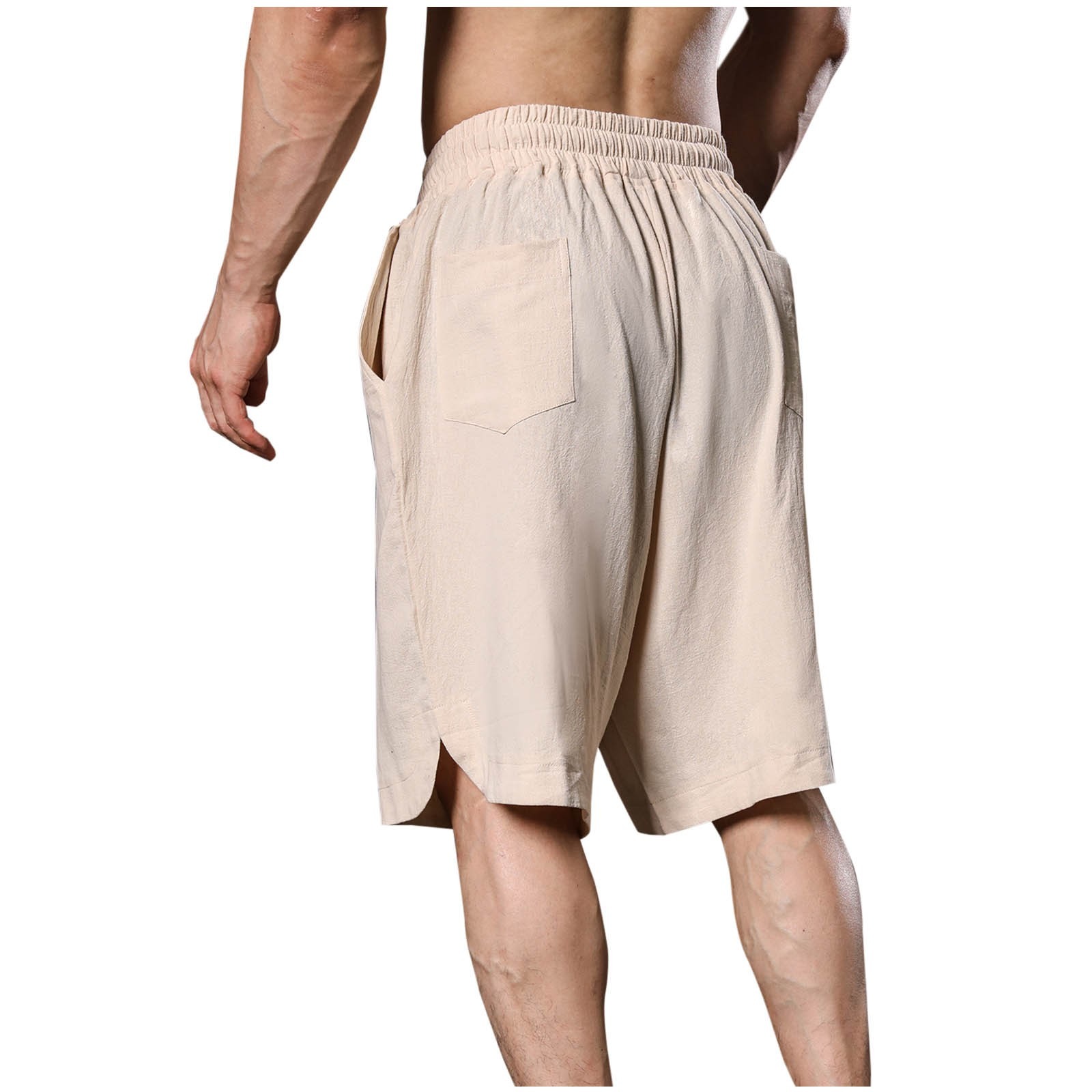 Importance of Inseam in Athletic and Performance Shorts
Importance of Inseam in Athletic and Performance Shorts
In athletic contexts, the shorts inseam directly affects performance. Runners typically choose 1- to 5-inch inseams for unrestricted motion. Less fabric means less drag and reduced overheating. Sprinters often go shortest to maximize stride efficiency. Distance runners may prefer 5 inches for slight thigh coverage and chafe prevention. Basketball players favor 7- to 9-inch inseams. These lengths allow quick cuts and jumps while maintaining modesty. The added fabric also protects against floor burns. Cyclists use very short inseams—often 3 to 5 inches—with padded liners. The padding reduces road vibration and friction.
Swimmers rely on board shorts with 7- to 10-inch inseams. These dry quickly and glide through water. Gym trainers may mix lengths based on workout type. Weightlifters often pick 7-inch for stability. HIIT athletes lean toward 5-inch for agility. Compression shorts usually have 3- to 5-inch inseams. They support muscles and wick sweat effectively. Choosing the wrong inseam can hinder movement or cause discomfort. Therefore, aligning inseam with sport-specific needs boosts results. A proper shorts inseam gives athletes a functional advantage.
How Trends Influence Popular Shorts Inseam Choices
Fashion trends significantly impact popular shorts inseam lengths. In the 1990s, baggy shorts with 9- to 11-inch inseams dominated streetwear. Hip-hop culture embraced the loose, draped look. During the 2000s, tighter fits and shorter lengths emerged. The 5-inch inseam became standard in athletic and casual markets. Recently, minimalist aesthetics revived micro-shorts with 2- to 3-inch inseams. Influencers and celebrities often wear these in warm-weather photos. Meanwhile, sustainable fashion promotes versatile pieces. The 7-inch inseam has gained favor for its adaptability. It bridges casual and smart styles effortlessly.
Work-from-home culture also shifted preferences. Comfort-driven designs favor mid-lengths with soft fabrics. Some brands now offer “inclusive sizing” with multiple inseam options. This meets demand for personalized fit across genders and body types. Retailers highlight inseam details online to aid selection. As a result, consumers pay closer attention than before. While trends evolve, practicality remains key. Balancing style with function leads to smarter purchases. The shorts inseam is no longer an afterthought—it’s a central feature.
Frequently Asked Questions About Inseam Shorts
What is the most common shorts inseam?
The 7-inch inseam is widely considered standard for men’s casual shorts. It suits many heights and occasions.
Do women’s shorts have different inseam standards?
Yes. Women’s inseams vary more due to diverse styling. Common lengths range from 1 inch (biker shorts) to 8 inches (casual).
Should I size up if the inseam is too short?
Not necessarily. Waist and inseam are independent. Look for brands offering separate inseam options instead.
Can I alter the inseam of my shorts?
Only if they have extra fabric. Hemming shorter is possible; making them longer usually isn’t.
Are shorter inseams only for athletes?
No. Many people wear short inseams casually. Confidence and proportion matter more than activity.
How do I know if an inseam will suit me?
Try multiple lengths in person. Walk, sit, and move to test comfort and coverage.
Do inseams affect how tall I look?
Yes. Properly placed hems can elongate legs. Avoid cuts that split the thigh in half.
Is a 5-inch inseam appropriate for work?
It depends on workplace culture. Conservative offices may prefer 7+ inches.
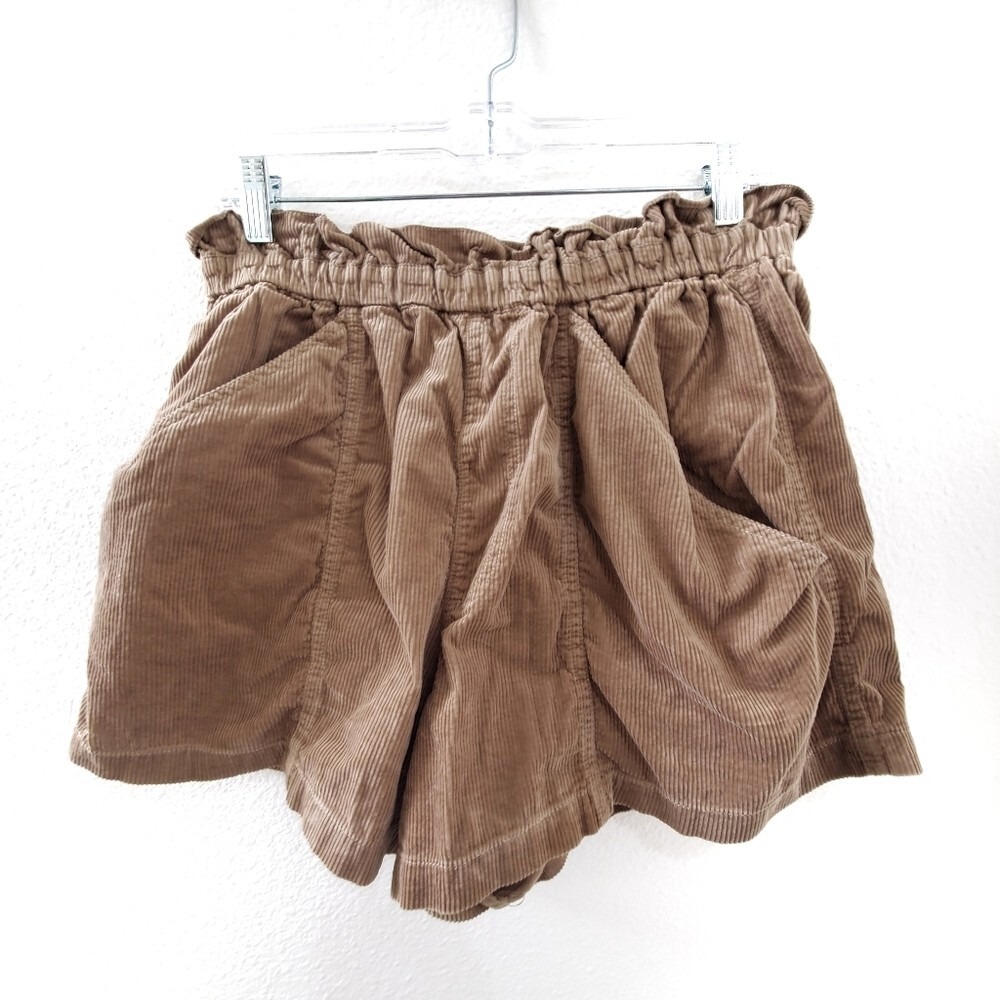 Final Thoughts on Finding Your Perfect Inseam Shorts
Final Thoughts on Finding Your Perfect Inseam Shorts
Finding your ideal shorts inseam improves comfort, style, and confidence. It’s not just about following trends or guessing sizes. Instead, it’s a personal choice shaped by body type, lifestyle, and preference. Whether you need a 3-inch inseam for running or a 9-inch for weekend outings, accuracy matters. Measurement, trial, and awareness help narrow the options. Remember, the right inseam supports your movement and complements your shape. As brands expand their offerings, more people can find true fits. Ultimately, understanding how should shorts inseam be chosen empowers smarter shopping. Your perfect inseam is out there—measure once, wear comfortably forever.

